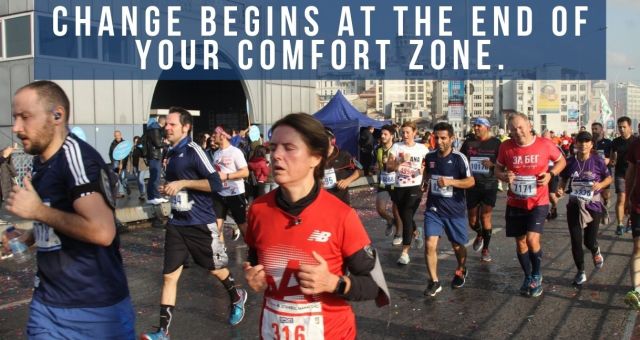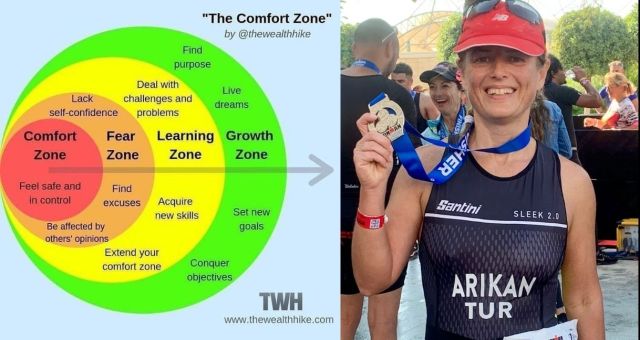''How to turn into a national triathlete in less than 18 months without any prior sports experience?''

Interview of the month
with Senem Arikan
Interviewed:
Categories
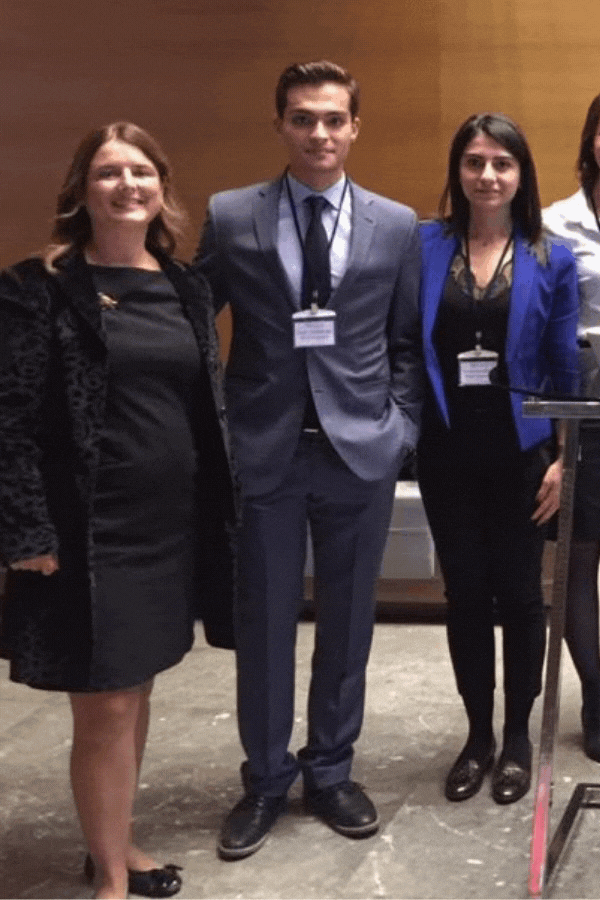
Hi Senem, Thank you so much for doing this theme with us! Our readers would love to “get to know you” a bit better. Can you tell us a bit about what you do?
Before ValYouBel and Profiles, I held several IT positions at Koç Holding, Ford Motor Company and DaimlerChrysler, then served as the Board member and shareholder of Arsis Group. Prior joining Profiles and ValYouBel as a digital and innovation director,
I set up the innovation and dream lab at Bilgi University Faculty of Engineering, where I have been teaching at the Faculty of Communication on creative entrepreneurship, leadership and team management for the digital world for the past six years. Since 2015, I am a member of ValYouBel and Profiles team. I have a double major in computer and industrial engineering, and twin girls, so I led a busy but sedentary life with too much sitting and no exercise.
What strikes me in your story is that you turn a serious health crisis to a great opportunity to lead a healthy life. How did you do it?
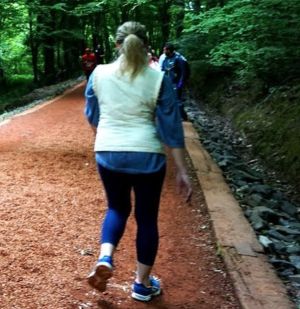
That's right, other than recreational swimming and skiing, I didn't do anything. I had no athletic abilities, nor I knew anything about fitness. Before ValYouBel, I worked in a very stressful environment. It took a tremendous toll on me. I recovered from cancer, suffered from chronic problems like psoriasis and arthritis. So I had constant inflammation and pain all the time. After the cancer treatment, I focused more on being more joyful at work, so I decided to change my career, environment, and moved on to a new field.
When I started to work at ValYouBel, and you have seen me then, I was heavier physically compared to now. I liked the positive and inclusive environment here, so I thought I was doing okay in health and wellness. I didn't really feel the need for any fitness or wellness to go along with the mental part. However, small indicators started to show up. For example, my knees began to hurt when I was walking up the stairs, I even fell down several times and I had constant bursitis in my hips and elbows along with psoriasis scales. I was just very good in disguising them.
About two years ago, during my routine check-up, my doctor detected an unusual proliferation in my uterus, so they wanted to remove it with the ovaries. I knew that I could not go into menopause in that condition, so I had to start eating more healthy and getting fit. The next day, I went for a walk in the forest, and it was a tempo walk. My hips and legs felt very heavy, knees hurt, and my heart rate reached over 200 beats per minute, too high for my age and condition. It was a significant sign of a poor circulatory system. And that was my wake up call. I had to do something about it, and I had to do it fast, cause the clock was ticking.
We all know that it’s essential to eat more vegetables, eat less sugar, exercise more, get better sleep, etc. But while we know it intellectually, it’s often difficult to put it into practice and make it a part of our daily habits. How did you integrate this into your life?

Knowing that I am a stubborn person, if I wanted to change something in my life, I first needed to make sure that I was very intentional about my purpose. At that moment, I asked myself two questions. What do I really want but really really want? What price do I pay to get what I want? I deeply connected with my purpose of that I was born with nothing but this one body. And I was going to make sure that I treat it better from now on.
But how? You know we are not born with discipline. Babies don't have discipline, on the contrary. They don't like it. But they do like order in their lives. So it is not something you are born with but rather build it like a muscle. At this point, I had to apply a sound strategy and connect with my deep-sense purpose. Resilience is not a personal trait. Resilience is more of a personal process that can be developed through positive and adaptive cultivation of thoughts, behaviors, and actions. It was a challenging personal journey and it still is.
After reading your book, I noticed actually how much your described method 'Focus-Quantity-Quality' in your book 'Die Besten für den Vertrieb' applies to what I had followed. Many people have been using your method for their transformational success in sales. One can also use the same principles and integrate them in actions and behaviors that one aims to bring about a change.
In your story, the most striking thing for me is that you reached very extraordinary results in a very short time. How did you do it?
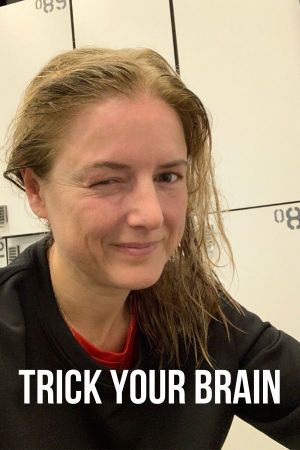
In your book 'Die Besten für den Vertrieb', there are many references to competencies of high performers and how essential they are for the success of the organization. I kept researching many other resources on common qualities of top performers. For example I found out that there is an interesting mental model that they adopt. Top performers do what they hate first. As a full-time employed mother of two, I understood, that my day would be swept away with other priorities. Therefore I had to make sure to finish my exercise first thing in the morning and learned to ask for help and support if necessary. Basically that was my focus. Completing that exercise and winning the morning.
But it was not easy. I knew that I needed help at that beginner's stage, so I arranged a personal trainer. First of all, I had to keep myself focused and accountable. If you workout with a trainer, that means you both must agree on a meeting time.
Having a set plan will hold you accountable to show up, making it harder to make excuses not to. The exercise time was always set early in the morning before work. Since I was not a fan of exercising in the gym, I decided to be there at 7.00 AM. It was tough for me to get up. Because your brain wants to preserve its energy with a survival drive. But there I tricked my mind; I made myself a promise. If I showed up at the gym at that ungodly hour, and still feel exhausted, I would go back home and sleep. I seriously meant that when I made that promise. When you arrive at the gym dressed and ready, you actually never go back. So I never left the gym without finishing my exercise.
Days, months, months went by, and physical change was visible. However, what more dramatic was the disappearance of the adverse effects in my uterus and inflammation of my joints. So I saved my uterus from being operated.
So I understand first define your vision of your new self and Then you got the right support from the right people. How did you make it work towards your vision?
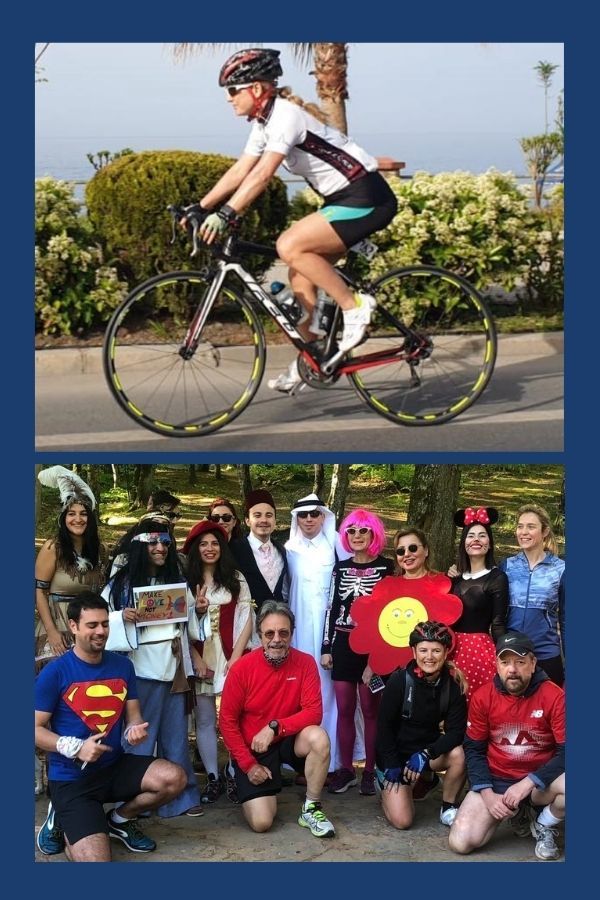
As you said, after setting realistic goals, I made a plan working towards my vision of treating my body better. I took small steps consistently towards achieving them. I made sure I logged my exercises with a watch, so my effort was visible with data and information. My watch was like my observant guard, and provided me constant reassurances of my progress and helped me focus on that one thing that I can accomplish each day.
With exercises, I needed to have the right quantity and quality. I call it killing two birds with one stone. So that meant when I exercised, I would not overwhelm myself and create a positive experience around it. So most of my exercises turned out to be either with friends or be present and active in nature. Additionally, rather than logging hours and hours of training, I ensured that I completed at least 30 minutes of exercise each day and had fun doing it. So at that stage, I got great help from my coach and my awesome sports community.
It is particularly important to work with a coach or a trainer who knows what he/she is doing and the necessity of small steps. What seems daunting at first is actually relatively easy and sensible, and a good trainer/coach can not only instruct you but make it fun and set you on a path that can change your routine.
In such situations, most people listen to the sound of their own fears. We call it the voice of fear which whispers things like 'You are too old! You don't have time! You don't have the resources!' etc. In fact, these are excuses we create not to leave the comfort zone we are in. How did you overcome this?
This is what I get from from your story. How you do it is as important as what you do. For example, you swam but you got injured. You didn't find excuses to stop. And then you learned the right technique. Isn't it the same in business life?
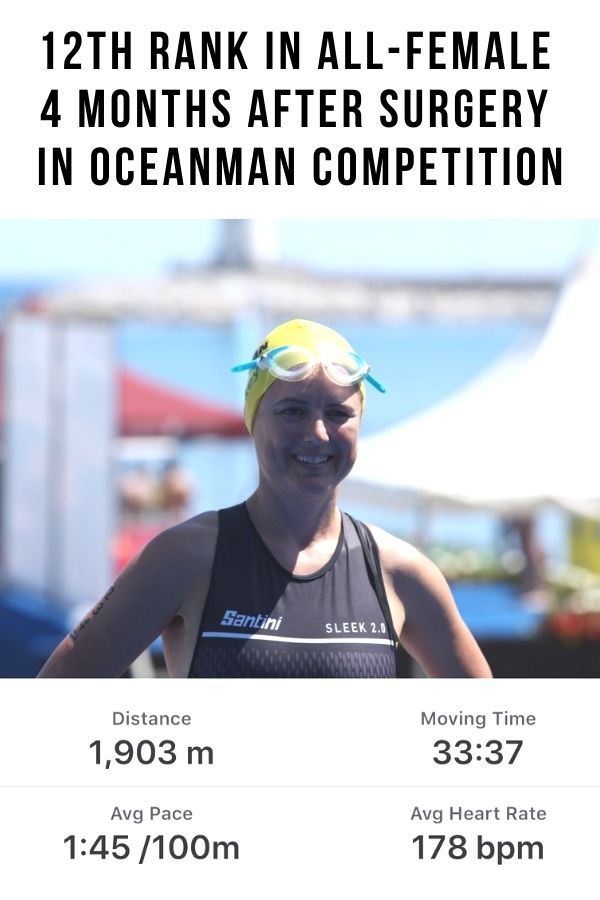
By the way, as far as I understand you have benchmarked and found the best in your field as your coach. Isn't the business world the same?
So you have participated in an Ironman 70.3 last year, finished a marathon, and became a national triathlete with just over 1.5 years. How is it possible to transform with such a small amount of training? It is not only about doing the right things, it is also about doing them right?
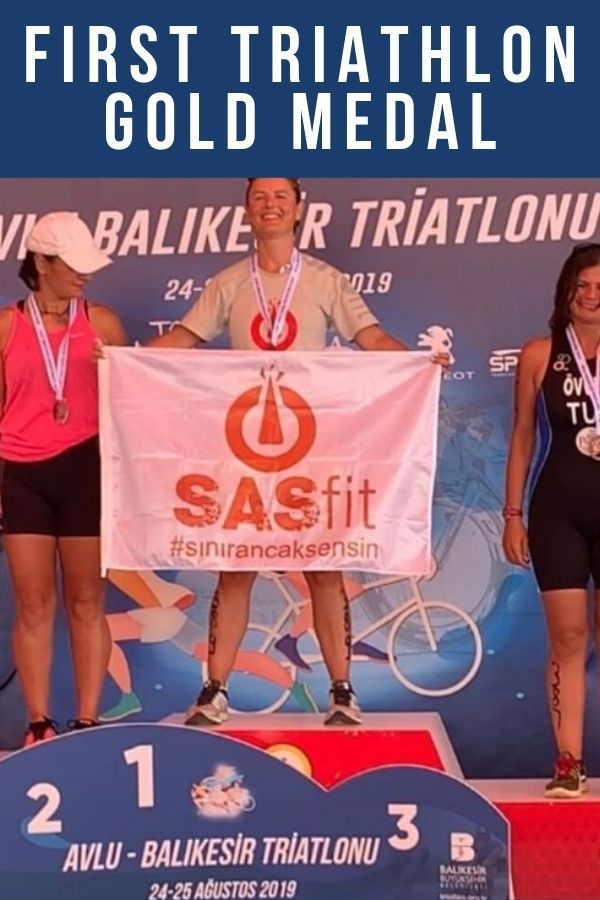
Many elite athletes follow a well-known 80/20 rule when exercising. This rule says that athletes should aim to spend about 80 percent of their weekly training time at moderate intensity - meaning let's say if you ride a bike, your ride it at a pace at which you can comfortably carry on a conversation - and about 20 percent at moderate to high intensity. At my age, it is even less straining at 90/10 rule.
So you don't have to exercise like crazy. However, even professional athletes often make the mistake of reversing the 80/20 Rule. I see this a lot in my highly motivated business professionals and competitive athlete friends. They insist on focusing all of their energy on hard workouts week after week at the expense of easy endurance and recovery sessions. There are severe consequences of this skewed approach to endurance training. Many such athletes refuse to back down end up getting sick or injured before a big race. They throw away months and months of hard work and money because, in the end, they fail to make it to the starting line.
As far as I understand you didn't find any excuses during this journey. You didn't say that 'This is too difficult for me! Or I am too old, or too busy, and I don't have the time.' You were engaged throughout the process, and showed up for your commitment every morning at 7.00 am. This is very important to be successful. So anyone can do this. We can all turn the challenges that affect us, into opportunities. As long as we put our mind to it and we act smart about it.
Very inspiring indeed, and thank you so much for taking a few minutes to chat, Senem!
